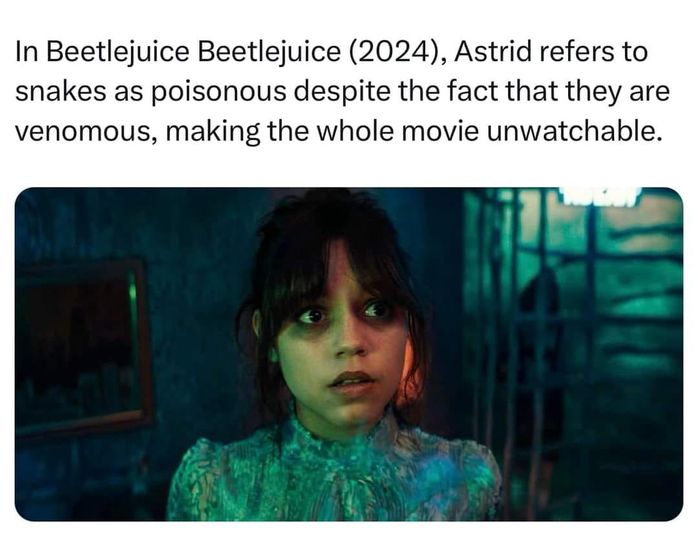this post was submitted on 13 Sep 2024
1053 points (98.5% liked)
Science Memes
11725 readers
2542 users here now
Welcome to c/science_memes @ Mander.xyz!
A place for majestic STEMLORD peacocking, as well as memes about the realities of working in a lab.

Rules
- Don't throw mud. Behave like an intellectual and remember the human.
- Keep it rooted (on topic).
- No spam.
- Infographics welcome, get schooled.
This is a science community. We use the Dawkins definition of meme.
Research Committee
Other Mander Communities
Science and Research
Biology and Life Sciences
- [email protected]
- [email protected]
- [email protected]
- [email protected]
- [email protected]
- [email protected]
- [email protected]
- [email protected]
- [email protected]
- [email protected]
- [email protected]
- [email protected]
- [email protected]
- [email protected]
- [email protected]
- [email protected]
- [email protected]
- [email protected]
- [email protected]
- [email protected]
- [email protected]
- [email protected]
- [email protected]
- [email protected]
- !reptiles and [email protected]
Physical Sciences
- [email protected]
- [email protected]
- [email protected]
- [email protected]
- [email protected]
- [email protected]
- [email protected]
- [email protected]
- [email protected]
Humanities and Social Sciences
Practical and Applied Sciences
- !exercise-and [email protected]
- [email protected]
- !self [email protected]
- [email protected]
- [email protected]
- [email protected]
Memes
Miscellaneous
founded 2 years ago
MODERATORS
you are viewing a single comment's thread
view the rest of the comments
view the rest of the comments

If "poisonous" are parallelograms and "venomous" are trapezoids, "toxic" would be quadrilaterals in general. (Can't use square/rectangle analogy, because squares are a type of rectangle, and venom/poison is not a type of poison/venom.)
Aside from that, there aren't too many rules on "toxic".
Poison and venom will both cause serious acute injury with the possibility of immediate death. Both can be considered "toxic".
Just to be confusing, "poison" and "poisoning" can have substantially different connotations. For example, the heavy metal "lead" would not normally* be considered a "poison". Lead would generally be considered "toxic".
But, repeated exposure to lead to the point that it causes physical symptoms is referred to as "lead poisoning".
Same thing with mercury: it would be considered "toxic"; it wouldn't normally* be considered a poison. But repeated exposure to mercury would be considered "mercury poisoning".
(* If a third party were to deliberately introduce lead or mercury into the body of an individual, the substance would then be considered a "poison".)
Thank you for your thorough explanation.
It's always a bit confusing when your language has one word for something another language makes distinctions within.
Bro, look at "かける (kakeru)” in Japanese. It's a verb with a bajillion different meanings depending on context. Kill me.
I thought it couldn't be that bad but as I was scrolling it just keeps going
There is a lot of pedantry in English despite there being no central governing body over the language like French has.
Yep!
Personally, I'm deprecating "its".
The "its/it's" distinction requires violation of the apostrophe-s rule for possessive forms. This exception to that rule is entirely arbitrary. The meaning is never ambiguous in context; the distinction exists solely to enable pedantry and confuse spell checkers.
So, English will be better off by retiring "its", relegating it to the trash heap along with "chuse".
"It's" is now a homonym. Both the contraction rules and the possessive rules for apostrophe-s construction are maintained, and the only people who will cry about it are English teachers and other worthless pedants.
I have spoken.
On the contrary, what if we bring back 'tis?
'Tis good!